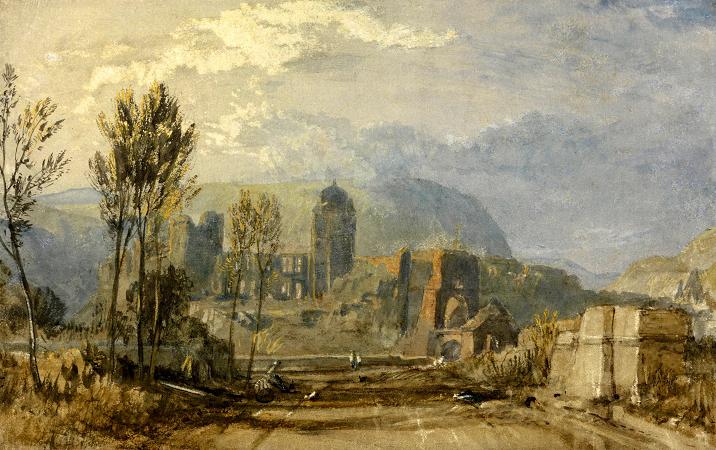
Andernach. Andernach is a town in the district of Mayen-Koblenz, in Rhineland-Palatinate, Germany, of currently about 30,000 inhabitants.
It is situated towards the end of the Neuwied basin on the left bank of the Rhine between the former tiny fishing village of Fornich in the north and the mouth of the small river Nette in the southeast, just 13 miles north of Koblenz, with its five external town districts: Kell, Miesenheim, Eich, Namedy, and Bad Tönisstein. A few hundred metres downstream of Andernach the Rhine valley narrows from both sides forming the northern part of the romantic Middle Rhine stretch.
Already in Roman times the place the narrow passage begins was named Porta Antunnacensis or Andernachian Gate. It is formed by two hills, the Krahnenberg and the Engwetter on the right bank near the wine village Leutesdorf.
The crane hill is named after the old crane beneath his foot; in earlier times the hill was named Geiersberg. As with most German cities, towns and villages, Andernach has its own local dialect-the Andernacher Platt in which Andernach and the local dialect itself is named Annenach and Annenache Platt.
It belongs to the Moselle Franconian language subgroup and considerably differs from High German, e. g. the Rhine river is named Rhein in High German, but Rhäin in the dialect; except for the r, it sounds similar to English rain with a stretched a. Another examples are
It is situated towards the end of the Neuwied basin on the left bank of the Rhine between the former tiny fishing village of Fornich in the north and the mouth of the small river Nette in the southeast, just 13 miles north of Koblenz, with its five external town districts: Kell, Miesenheim, Eich, Namedy, and Bad Tönisstein. A few hundred metres downstream of Andernach the Rhine valley narrows from both sides forming the northern part of the romantic Middle Rhine stretch.
Already in Roman times the place the narrow passage begins was named Porta Antunnacensis or Andernachian Gate. It is formed by two hills, the Krahnenberg and the Engwetter on the right bank near the wine village Leutesdorf.
The crane hill is named after the old crane beneath his foot; in earlier times the hill was named Geiersberg. As with most German cities, towns and villages, Andernach has its own local dialect-the Andernacher Platt in which Andernach and the local dialect itself is named Annenach and Annenache Platt.
It belongs to the Moselle Franconian language subgroup and considerably differs from High German, e. g. the Rhine river is named Rhein in High German, but Rhäin in the dialect; except for the r, it sounds similar to English rain with a stretched a. Another examples are
Wikipedia ...